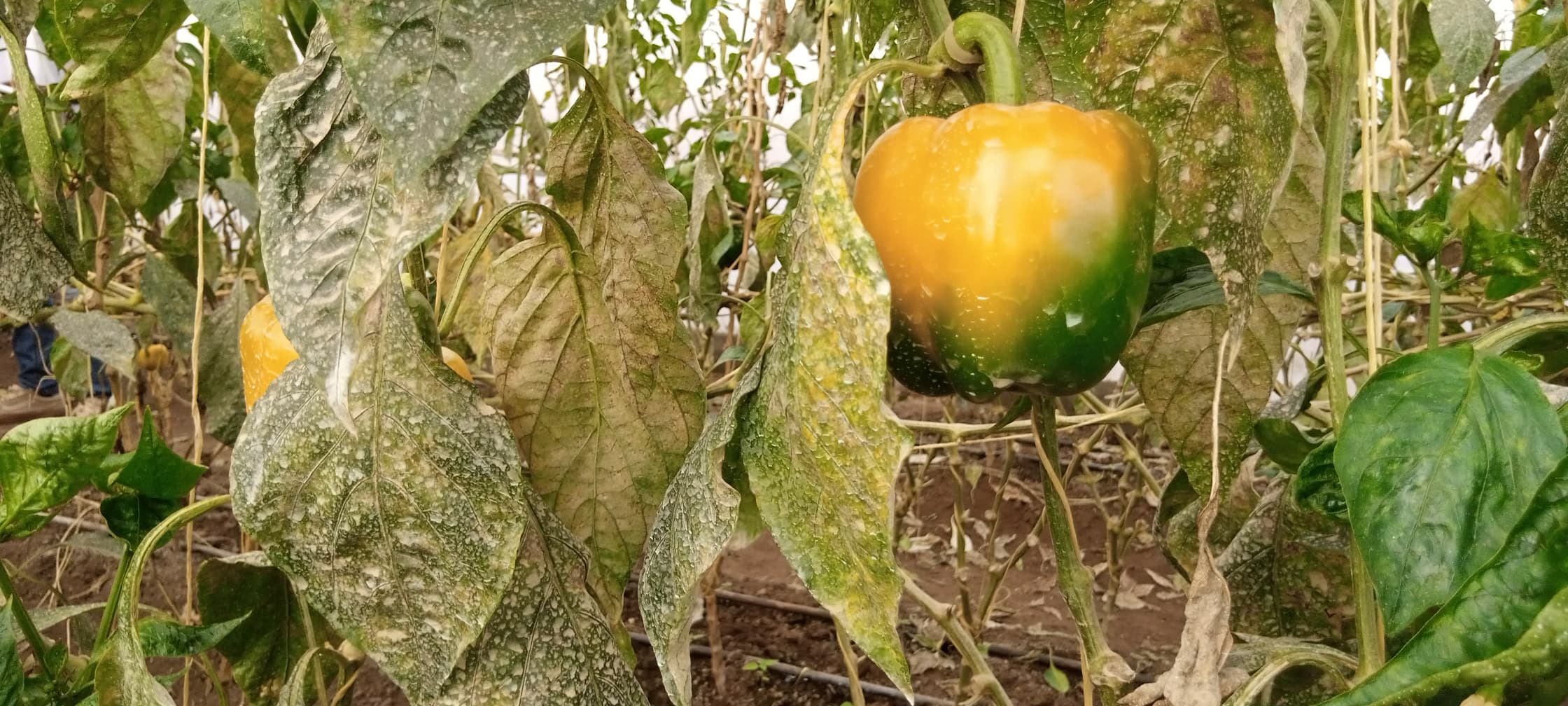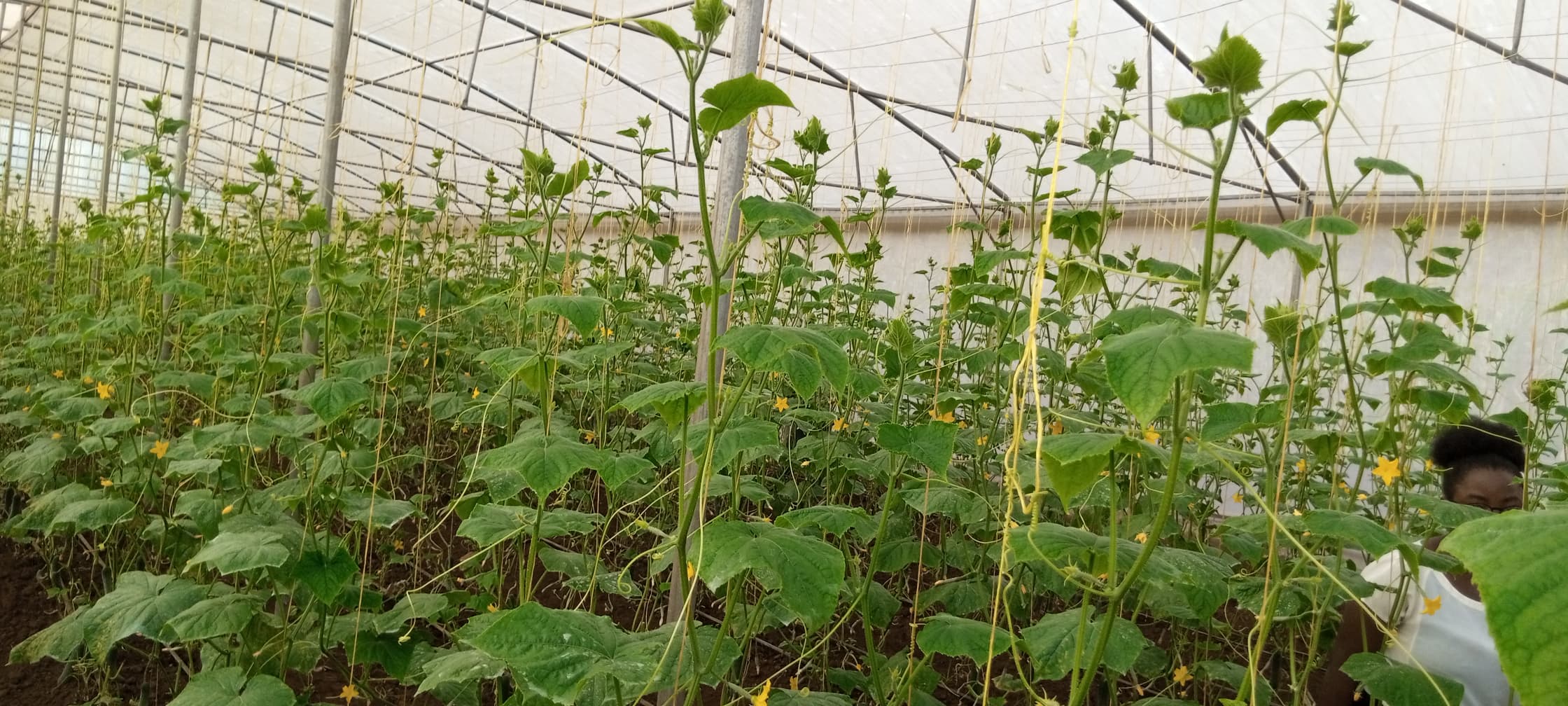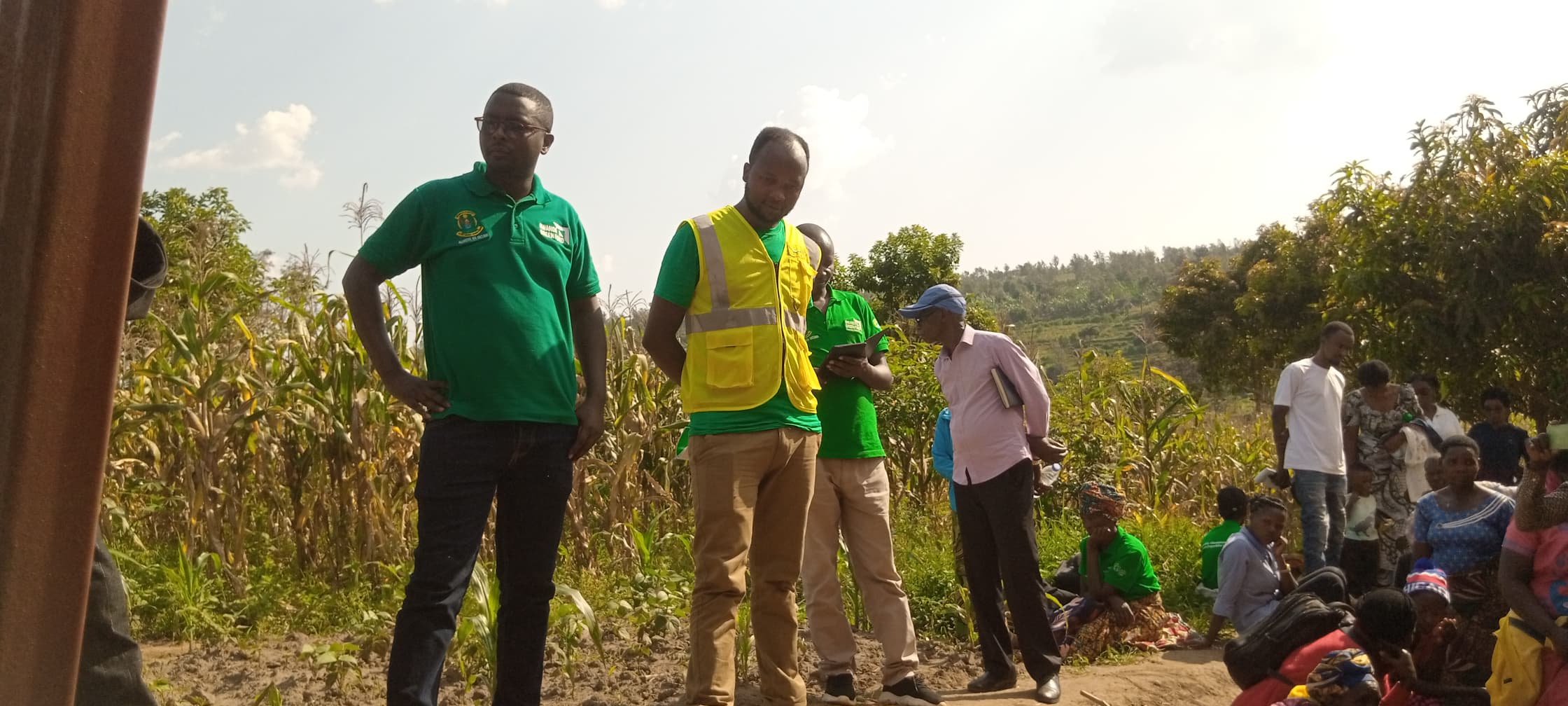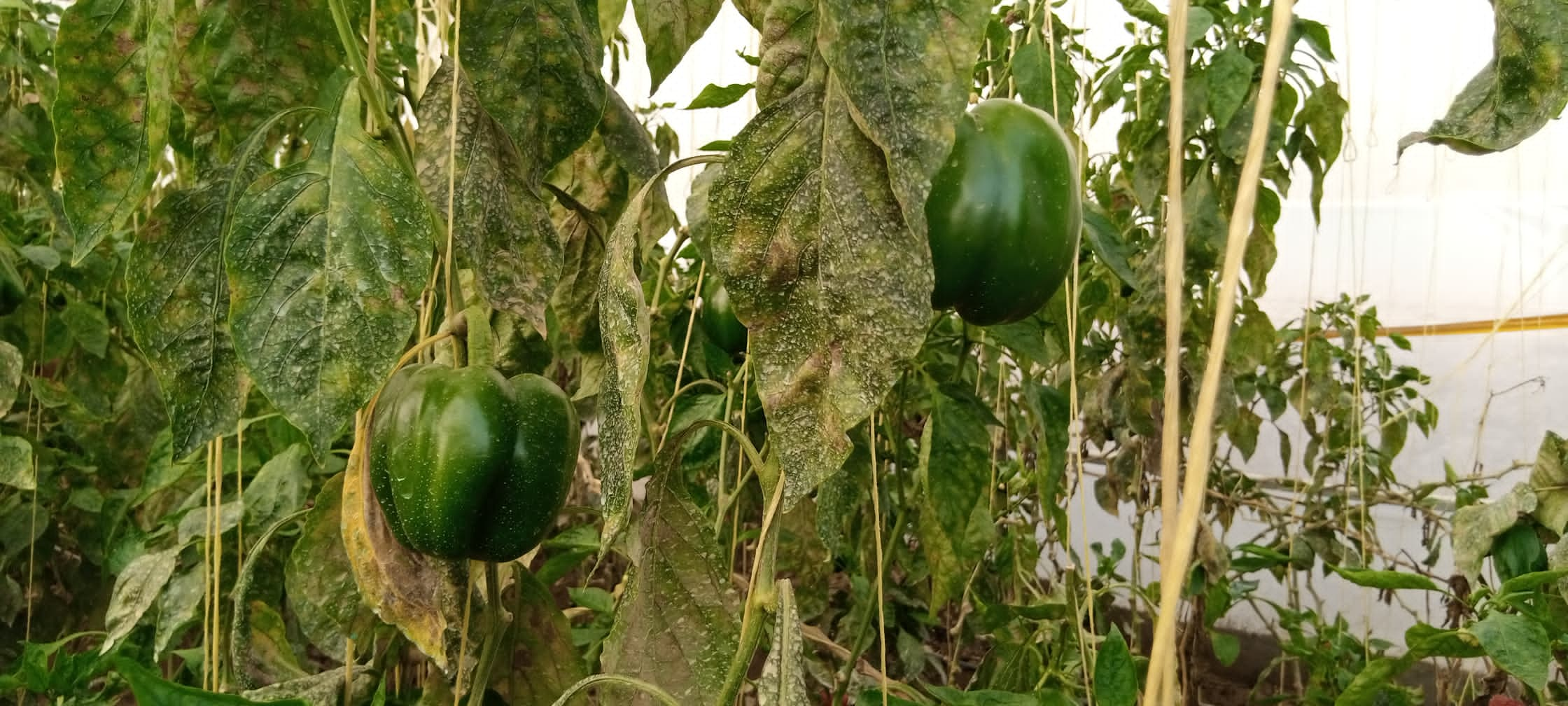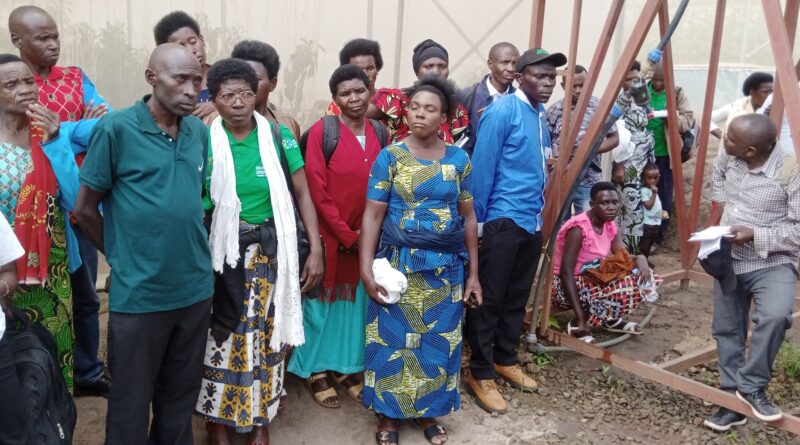Gicumbi: Farmers Learn the Secret to Greenhouse Farming for Increased Harvests
Farmers from Gicumbi District, particularly those engaged in greenhouse farming, embarked on a study tour to Rwamagana District to learn how to maximize their yields.
On February 19, 2025, they traveled to the Eastern Province to visit farming sites that utilize greenhouses—structures designed to protect crops from excessive sunlight or heavy rainfall.
The farmers explained that their motivation for the study tour stemmed from their struggles with low yields despite their farming efforts. With support from the Green Gicumbi project, they participated in the visit, which they believe will help them improve their farming practices and livelihoods.
Speaking to Green Africa, one of the farmers, Hategekimana Modeste, said:
“We were already practicing greenhouse farming, but we were unaware of the proper guidelines. We used to enter the greenhouses frequently and in large numbers, which is actually prohibited.”
He added:
“We didn’t know the proper watering techniques or how to calculate the amount of water needed based on rainfall. The rainwater collection systems on our greenhouses would wear out quickly, and we spent most of our time repairing damages or constantly buying new seedlings, leading to continuous losses. But now, after this training, we are confident that things will change for the better.”
Another farmer noted:
“We learned that a single chayote plant (commonly grown vegetable) can yield up to four kilograms for consumption or sale, and it keeps regenerating when properly managed in a greenhouse. This includes using the right fertilizers and protecting the crops from common diseases.”
He continued:
“Previously, we would only harvest about two kilograms per plant and only a few times before the plant stopped producing, which resulted in continuous losses. But thanks to Green Gicumbi, which facilitated this study tour, we are now equipped with better knowledge. This project provided us with greenhouses to improve our lives, but what we lacked was proper training. Now, we won’t suffer losses anymore.”
Nsabimana Erneste, the greenhouse farming officer in the sector, explained that a greenhouse can accommodate up to 1,700 seedlings, with each plant yielding up to four kilograms while continuously producing over time. However, he emphasized that achieving such results requires professional farming techniques.
Ntakirutimana Theogene, an agriculture expert with Green Gicumbi, highlighted that the project focuses on climate change adaptation. However, when farmers lack proper knowledge, it leads to losses.
He stated:
“These farmers are our key partners. Many of them were relocated from high-risk zones, where their lives were in danger due to climate change impacts. We built a model village for them and provided greenhouses for vegetable and fruit farming. But beyond giving them infrastructure, we must also help them acquire the right knowledge to farm efficiently and improve their livelihoods. That is why we organized this study tour to Rwamagana.”
The Green Gicumbi project operates in nine sectors of Gicumbi District, focusing on climate-resilient activities. It supports farmers in reforesting degraded areas, provides training on income-generating projects through cooperatives, and promotes professional farming to help improve their overall living conditions.
